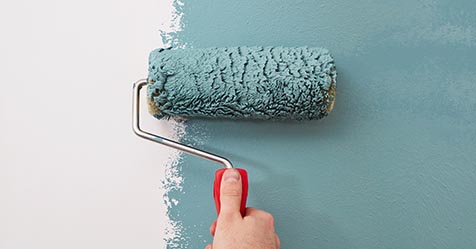A recent study on phis.org highlights the development of titanium oxide nanoparticles that, when added to paint, can help walls clean themselves and improve indoor air quality. This groundbreaking technology was created by a team of researchers from TU Vienna and Universita Politecnica delle Marche in Italy.
The nanoparticles have the ability to bind and break down pollutants in the air, purifying it around them. This innovation aims to combat the negative effects of poor air quality on building occupants, known as “sick building syndrome.”
Professor Gunther Rupprechter from TU Wien spoke about the potential of titanium oxide nanoparticles for air purification. These particles have the ability to bind and break down a wide range of pollutants, making them an effective solution for improving indoor air quality. A study found that up to 96% of air and wall pollutants can be removed using this technology when exposed to sunlight.
Lead author Kaisar Maqbool conducted a detailed investigation into the behavior of these nanoparticles when added to wall paint. The study used various methods of analyzing surfaces and nanoparticles to understand how they interact with pollutants and clean the air and walls.
Further research is planned to improve this technology and eventually make it commercially available. The goal is to develop a paint product that incorporates these self-cleaning nanoparticles to improve indoor air quality. For more information about the study, see the link in the article.
